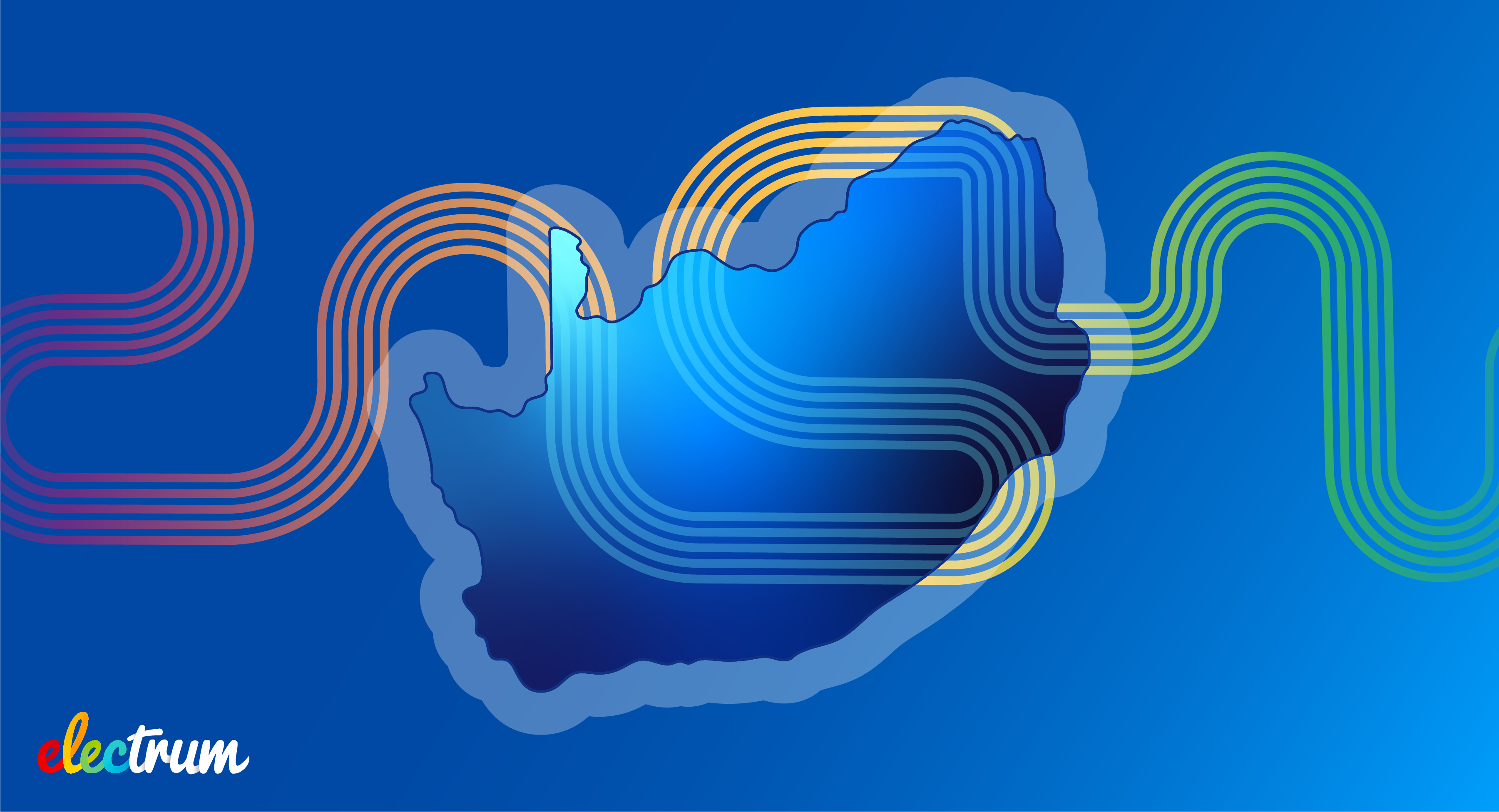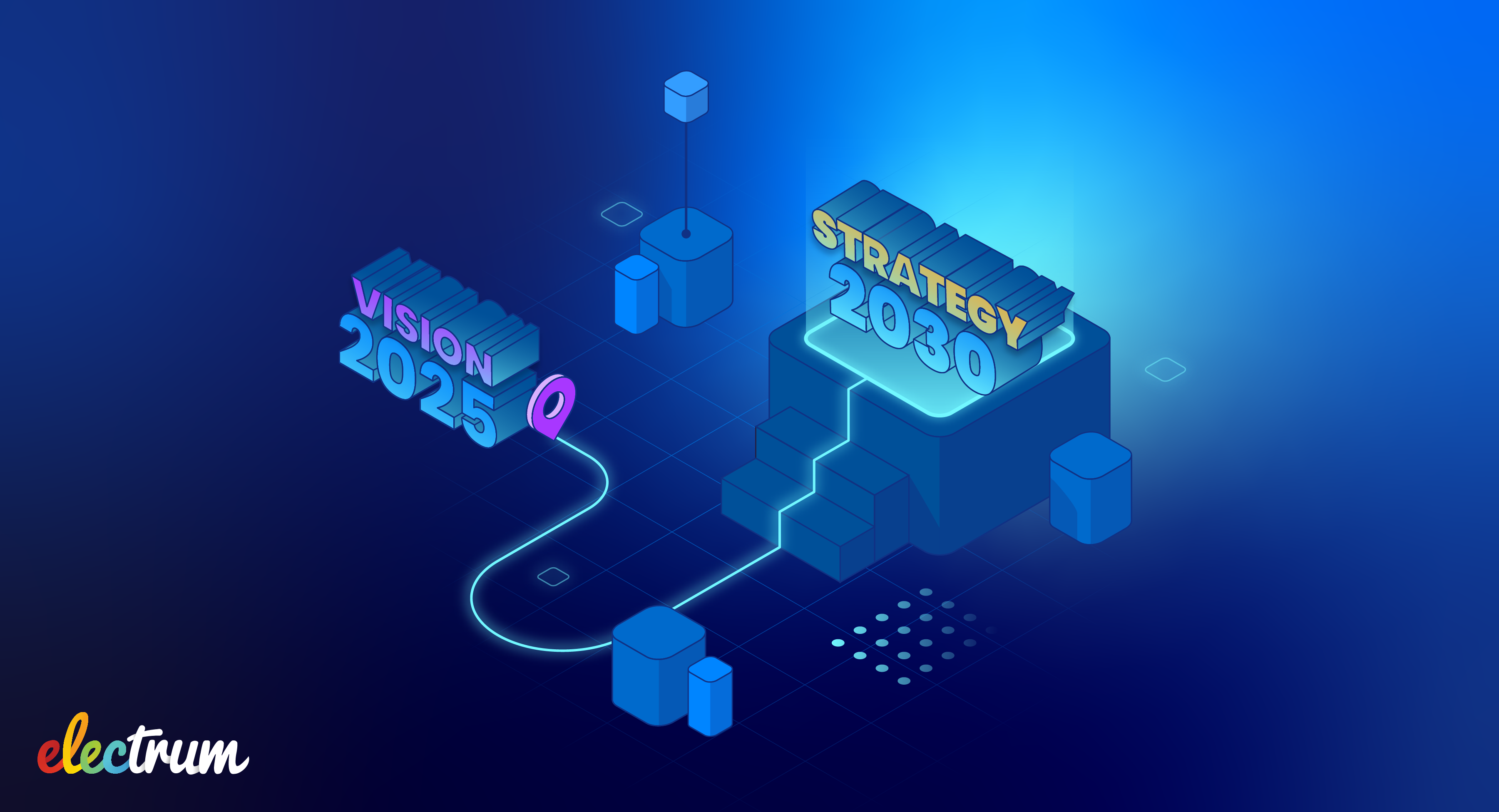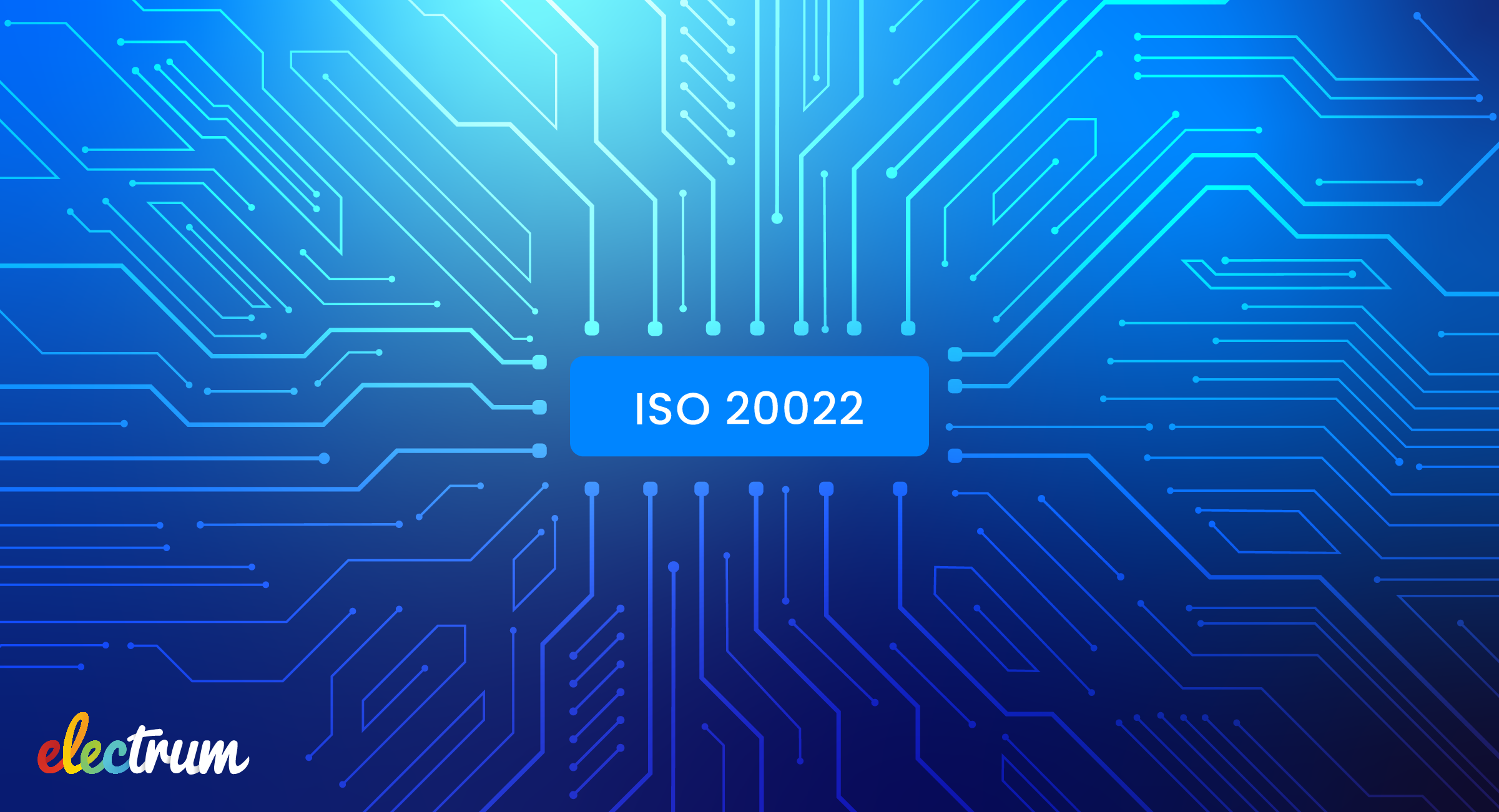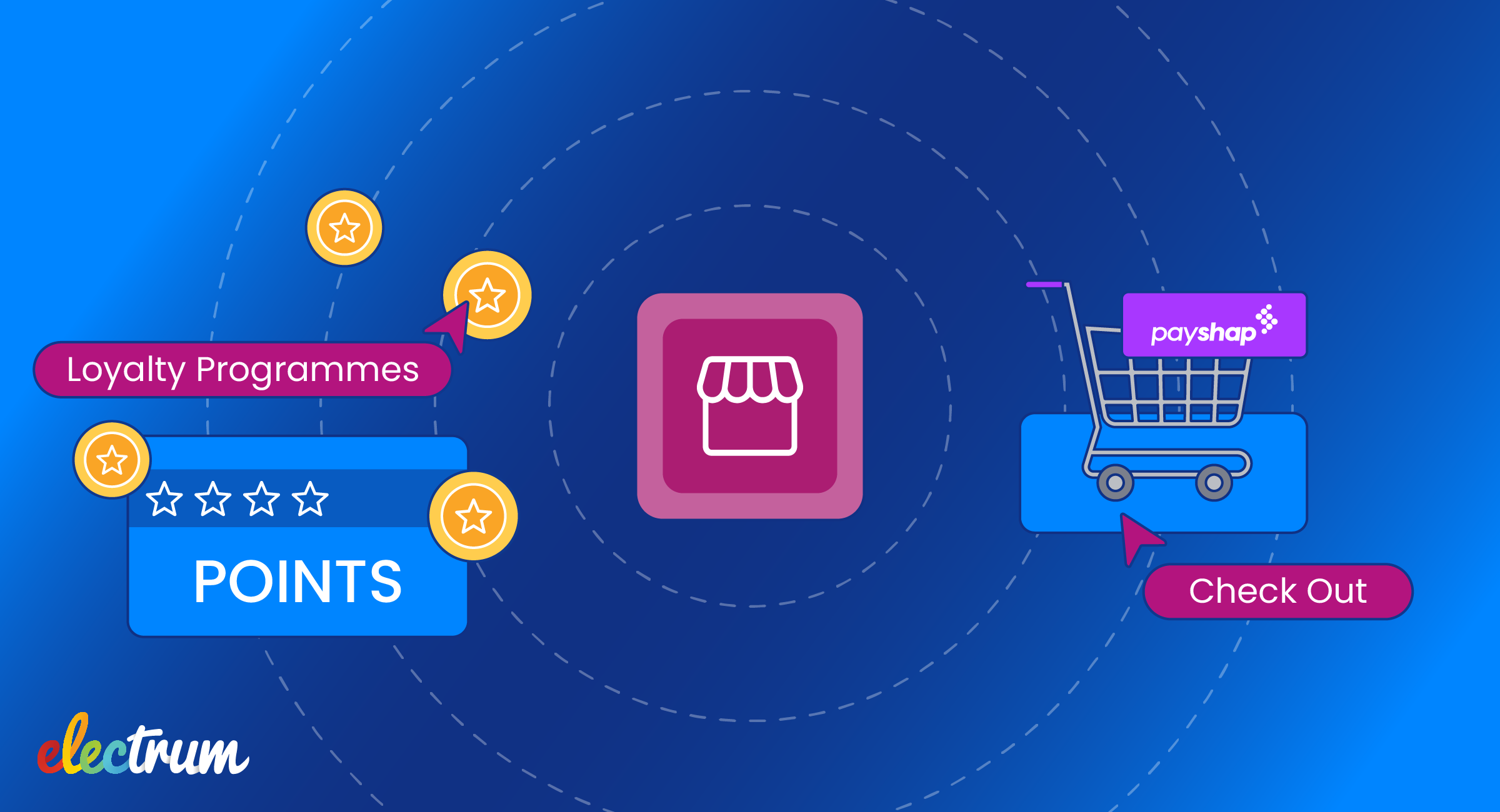
The South African Reserve Bank (SARB) has launched a new programme to modernise South Africa’s payment system, aiming to create more opportunities for financial inclusion and efficient payment processing. This blog provides an overview of the Payments Ecosystem Modernisation programme (PEM) and its impact on retail and banking industries.
In 2018, the SARB published Vision 2025, a framework designed to set goals for the payment system that align with the National Development Plan 2030 objectives to alleviate poverty and inequality. Since then, the industry has achieved market-leading milestones, including:
- Removal of cheques as an accepted payment method
- Implementation of authenticated collections via DebiCheck
- The upgrade of the real-time gross settlement system (RTGS) to ISO 20022 international standards
- Implementation of The Rapid Payments Programme, PayShap, in March 2023
These accomplishments demonstrate the industry’s determination to meet the regulator’s goals and continue to make headway to operate within a competitive and advanced payment ecosystem. However, the SARB believes more can be done to achieve safer, faster, and cheaper payments. To accomplish this, the SARB is redesigning its licensing framework and participation rules to support non-bank players in the payments system. This will require significant changes to the current system architecture and governance models. As a result, the SARB has implemented the Payments Ecosystem Modernisation programme (PEM) to drive these objectives forward.
What is PEM?
PEM was introduced after the SARB reviewed the current national payment system and international counterparts in 2023. The Annual report describes the programme as:
“the most significant strategic interventions in the payments ecosystem since the introduction of the [South African Multiple Option Settlement] SAMOS system and the enactment of the [National Payments System] NPS Act nearly 30 years ago.”
This super-programme consists of multiple individual programmes including:
- Optimising and sustaining the RTGS
- Establishing a Public Payments Utility
- Strengthening the integrity of the payments system through digital identification and customer due diligence initiatives
PEM will principally look to achieve consumer-centricity by creating a more secure and inclusive ecosystem while improving the financial stability of the economy. This will be executed through multiple projects and initiatives that will impact banks and non-banks (including retailers and other corporates) over the next several years.
What can we expect?
A new prefunded settlement model will be applied to close the gap between clearing and settlement periods in the current deferred net settlement model. This will reduce the counterparty risk faced by participants of the clearing and settlement systems, and assist in opening up the ecosystem to participation by non-bank entities.
SARB also wants to play a more active and dynamic role in making payments a powerful service to the economy. The Public Payments Utility (PPU) programme, similar to faster payment systems such as PIX and UPI, will likely use the existing faster payments infrastructure to deliver secure instant payments to consumers.
The Digital Financial ID (DFID) project is expected to become “the backbone of the payments as a public utility programme” and is expected to pilot this year. DFID will support financial services providers to make more informed risk-based decisions to include underserved markets. Additionally, if successfully implemented across the Southern African Development Community (SADC), the programme could also enhance cross-border payments and remittances for migrants living in the region.
How are banks and retailers impacted?
Banks will need to invest more in their core banking and payments systems as digital instant payments become the primary way South Africans choose to pay. Additionally, PEM will level the playing field for non-banks to effectively compete with banks in the system. As a result, banks must work harder to differentiate themselves from the market and quickly implement new technologies and solutions. Banks have an opportunity to open up their payment rails to non-banks now through solutions such as Electrum’s Enterprise Payments Channel, to stay ahead of the incoming headwinds.
Retailers will need to strategise for a world where faster payments are the new and primary payment method. With PayShap QR codes and request-to-pay functionality on the way, and the establishment of the PPU in the future, PayShap usage is likely to grow significantly. To be competitive, accepting instant payments at point-of-sale or online needs to be a key focus for a retailer’s payments portfolio.
Electrum provides solutions for South Africa’s evolving payments landscape. Contact us to learn how we can help you prepare for the next generation of payments.

Kganya Molefe
Kganya is a freelance Content Writer based in Johannesburg with experience in African Payments. When she’s not writing, Kganya enjoys journaling the old-fashioned way, listening to podcasts during her long walks, and passionately discussing the importance of low-cost, real-time, pan-African payment solutions with her friends and family.
Electrum Newsletter
Quarterly insights and news to help you keep up with the latest changes in the payments landscape







